A bit of green in a home or office does a lot to keep your spirits up no matter what time of year, so investing in a house or office plant is less of a plant adoption and more about practical mental health maintenance. That said, you’re not looking to turn your indoor space into a makeshift greenhouse or give yourself another full-time job. It’d be better to pick up a plant that doesn’t require constant attention.
Here are some house plant options to get you started:

Jade Plant
You’ve probably seen a jade plant in someone’s office before. It’s generally squat with short, thick leaves and has an attractive dense green color to it. In many ways, it’s the perfect plant for keeping on your office desk, so they can be fairly common in office settings. They’re also super easy to care for, as long as you don’t completely forget the thing exists. Keep it in a sunny section of your office, water it (but not too much) when the soil’s dry, and mix some fertilizer into the water twice a year. You might even get a conversation piece out of it if other people in your office have jade plants on their desk. Buy one plant and you suddenly have a cult. Care
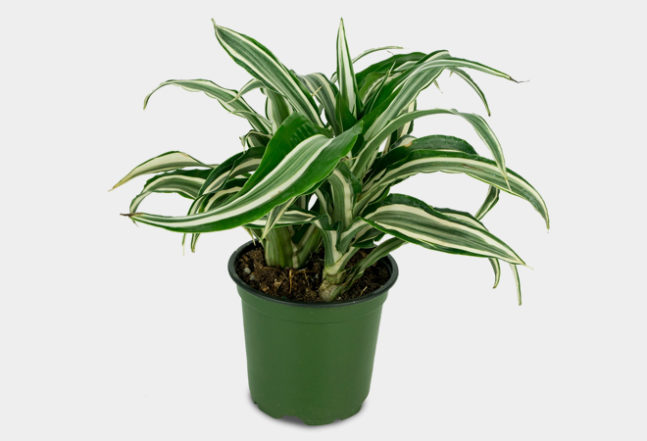
Dracaena
A dracaena is perfect if you’re looking for a plant that you can watch grow. If you pick up the right one, it’ll start on your desk and stay there for a while. After some care, attention, and time, you’ll be able to repot and move it to the floor or put it in the corner to provide more greenery than most other office plants would. There’s also more of a sense of pride about a plant like this, since you get to watch it grow in a significant way. It’s a little more sensitive to care for, as you have to mist the leaves and soil with purified water rather than just dumping some tap water in. But it can also withstand a little bit of negligence, all the while purifying the air in your office.
Also worth noting, if animals are a frequent feature of your office, you may want to avoid this one. It’s toxic to cats and dogs. Care
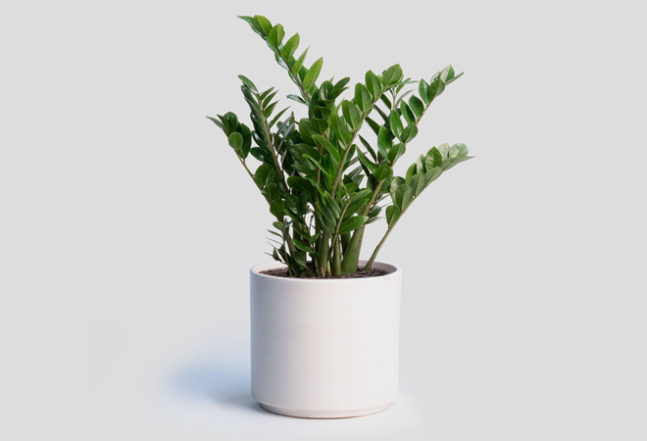
Zeezee Plant
A zeezee plant is the perfect plant if you just want to look like the office guy with a green thumb. The main tip for this plant is to ignore it. It’ll live better if the two of you just get on with whatever it is you were doing before you bought the plant. Stick it anywhere, in any kind of light, with a saharan amount of water and the two of you will thrive together. Just expect people to be confused as to whether or not it’s a real plant. Care
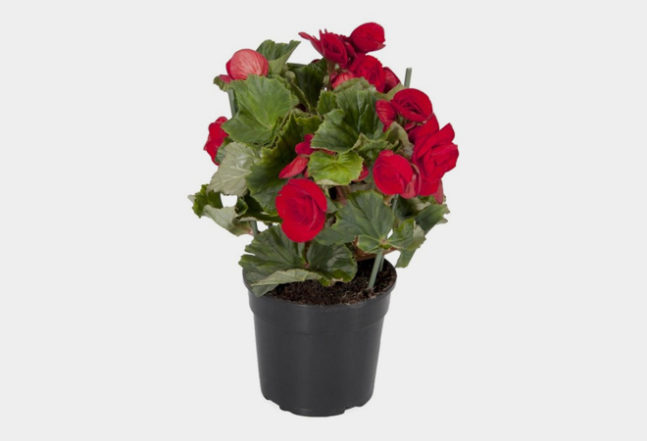
Begonia
A begonia is a great way to bring a little more color than just green to your office while also giving you and your coworkers the opportunity to shout “My begonias!” as if you were an elderly woman in Leave it to Beaver. You will have to be more involved in the life of a begonia than other plants, but in terms of flowering plants you can keep in your office, it’s still fairly hands off. Make sure it’s in decent sunlight, regularly give it moderate water, and provide it with good drainage (depending on the type you get) and you’ll have an annual flowering plant that should boost your spirits every year. Care
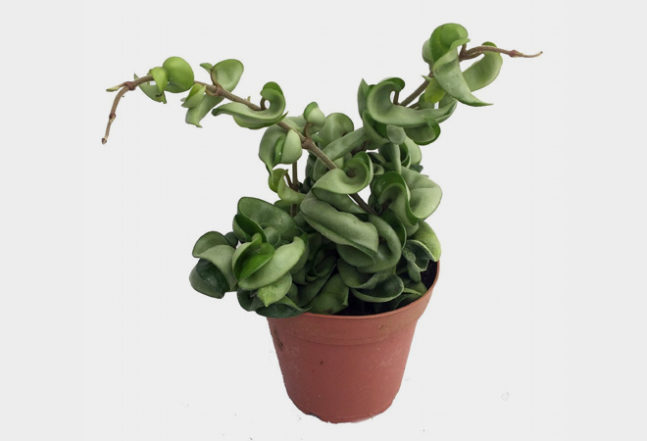
Wax Plant
There is a real, living plant named the wax plant, so don’t worry. We’re not telling you to fake it until you make it, though that’s still decent advice depending on what you’re trying to accomplish. The wax plant is a slow growing vine with dozens of varieties to choose from that can take a little while of inconsistent watering. It might even prefer that. Plus, you get the best of both types of office plants here, as a wax plant will bloom if you put it in bright sunlight. Care
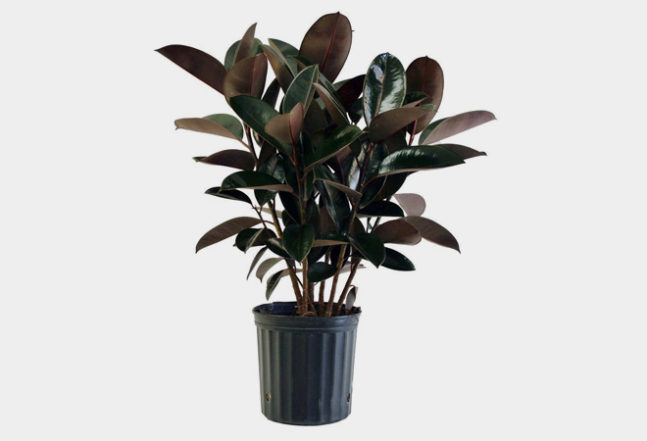
Rubber Tree
It seems like the hardest part of getting keeping a rubber tree in your office is adapting its height to an office setting. Outdoors, these plants can grow to 50 feet, which, unless you’re Jordan Belfort at his height (and you’re not), your office ceiling is far below that. As long as you start with a young plant, you should be fine.
There are two distinct types of care you need for a rubber tree. The first, during the growing season, is more intensive, though it’s still not bad. Keep it well supplied with water and make sure the leaves are relatively damp. The second, when it’s dormant, is far easier. Water it once every two or three weeks and you’re doing everything you need to.
The rubber tree comes with one last perk in that it’s easy to take a cutting of. If your friends or coworkers get jealous, have them bring you a small pot with potting soil, take a small twig from the tree, and the cutting will do the rest. Care
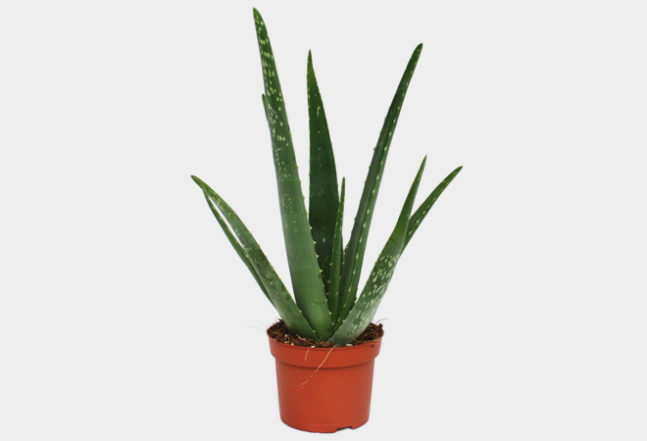
Aloe
An aloe plant is easily the most useful plant you can keep in your office and, if you’re feeling particularly artisanal, you can make your own gel from your healthy plant. Keeping one in your office isn’t challenging. The hardest part might be ensuring that it’s getting enough of the right kind of light. You should also adjust watering depending on where you’re keeping it and what time of year it is. Inside, it only needs to be watered once every three or four weeks and slightly less in the winter. If you’re in the right area, you could also move the plant to your own personal garden once it outgrows your office, but make sure you change your maintenance regimen if you do. Care
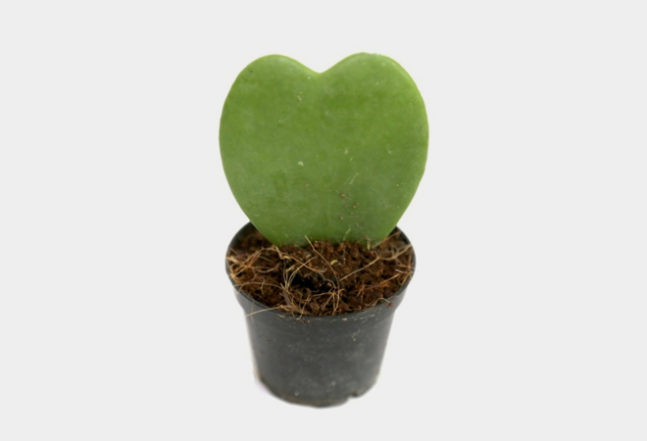
Sweetheart Hoya
A sweetheart hoya comes with two potentially interesting quirks. One is the leaf shape, where the plant gets its name. It’s almost a perfect cartoon heart. The other is in the bloom. It’s one of the weirdest looking flower balls we’ve ever seen and is definitely worth keeping the plant in ideal conditions to try and coax out the flowers. To see them, you’ll need indirect sunlight, decent pot drainage, and a semi-regular watering every two weeks or so. Hopefully that’s enough to get these flowers to pop out. Care
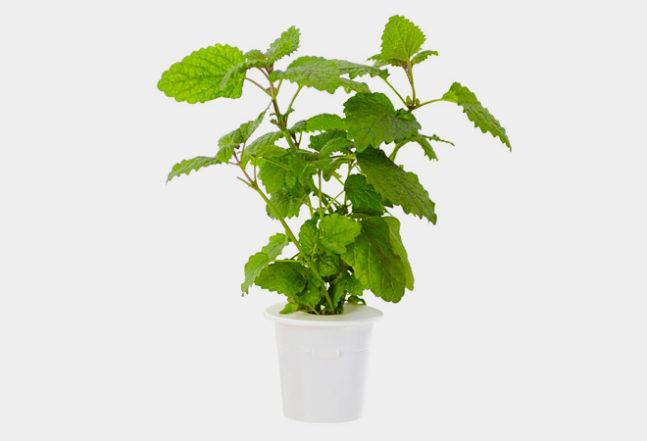
Lemon Balm
Lemon balm is great if you’re looking to start an indoor herb garden. It’s almost minty, mostly citrusy, and you’ll get good random whiffs of sweet smelling air every so often in your office. As an herb, it’s touchier than the other plants on this list, but as a mint relative, it’s also fairly hardy and can withstand a bit of neglect as well as recover quickly. Keep it in the best sunlight you can find in the office, watered (but erring on the dry side), and trimmed and you’ll have a steady supply of one of the oldest herbs in the known world. Care
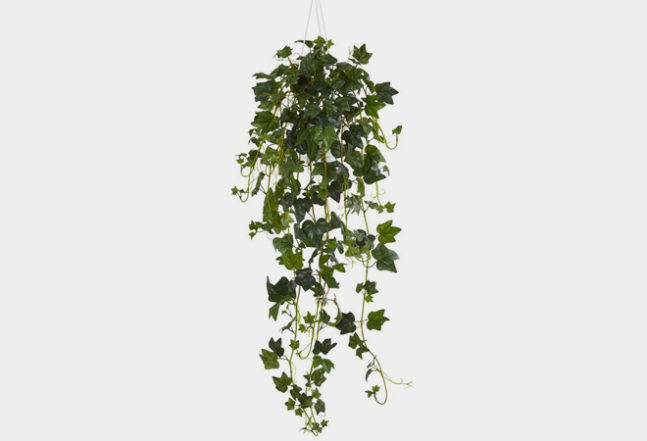
English Ivy
Most of English ivy’s complications come with environmental law, not the actual growing or maintenance process. Since it’s so adaptable and invasive, there are quite a few ordinance and regulations in place to slow its spread. As long as you keep it indoors, you should be fine, and if you ever find yourself considering moving it outside, it’d be better to let it die and research a native equivalent you could plant instead.
If it’s indoors, the ivy just wants good light and plenty of water and three fertilizings a year. If you turn the care into a routine, you’ll have a long lived creeping vine for your home or office with minimal effort. Care




